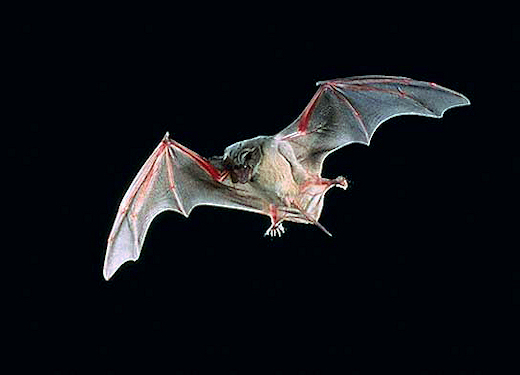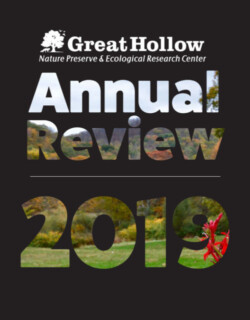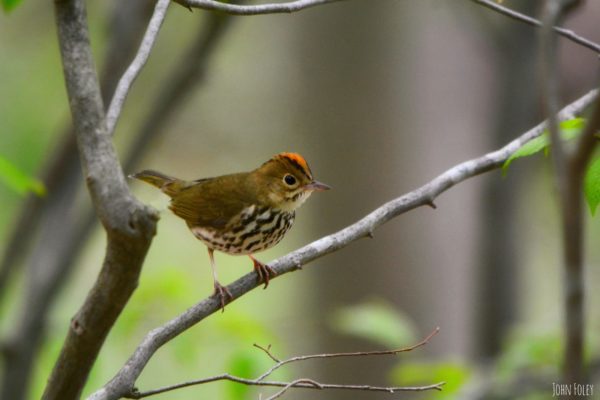
Great Hollow Bat Research Highlighted by AWCF
Great Hollow is honored to see its study of the impacts of light pollution on bats featured as the cover story of the American Wildlife Conservation Foundation’s April newsletter. During the summers of 2017 and 2018, Great Hollow researchers and their collaborator, Dr. Amanda Adams of Bat Conservation International and Texas A&M University, erected an array of floodlights along the edge of the wetland at Great Hollow to experimentally test the responses of bats to an acute source of artificial lighting. With an ultrasonic sound recorder and spectrograhic analysis software, they identified bat echolocation calls to species and then compared bat activity between nights with and without the lights on. What they found was a significant aversion to the lighting by big brown bats, silver-haired bats, and little brown bats, the latter of which is a declining species already in need of conservation. The results raise concerns about the impact that the abundance of artificial lighting in our towns, around our homes, and on our roads is having on bats, which provide incredibly ecologically and economically valuable services as insect predators. Please consider avoiding the use of any unnecessary outdoor lighting at your home at night. It affects not just bats, but also birds, amphibians, insects, and many other organisms. The researchers are currently preparing a manuscript for publication in a peer-reviewed journal and expect the results of the experiment to help regulators better evaluate potential impacts to bats from proposed development projects that would introduce nighttime lighting into dark environments. Great Hollow thanks the AWCF for a generous grant that helped fund part of this research.

 Previous Post
Previous Post Next Post
Next Post